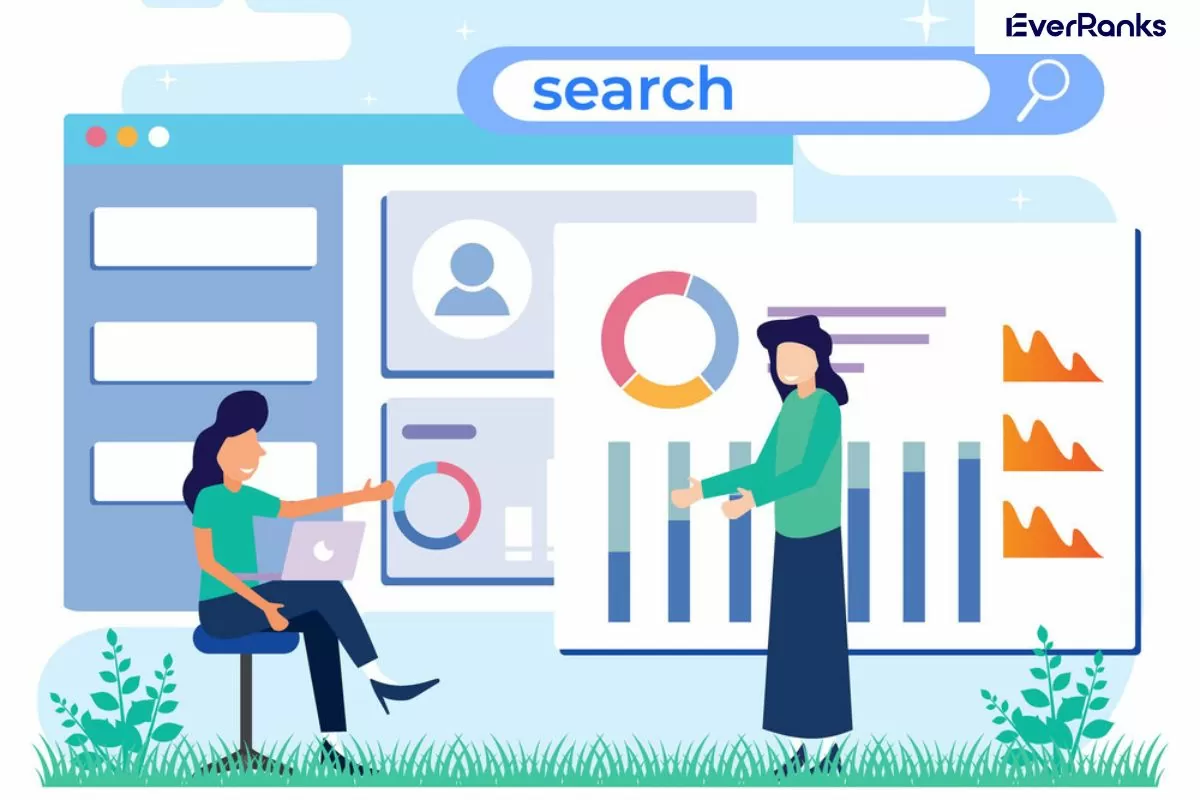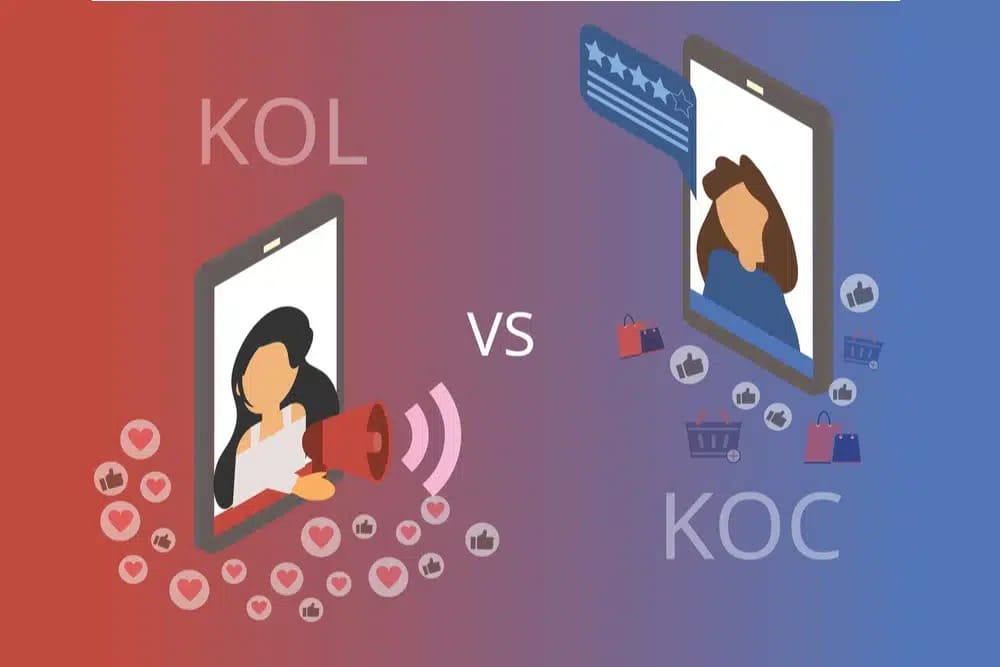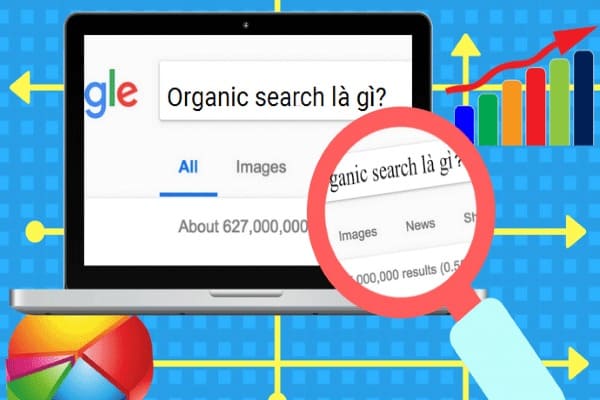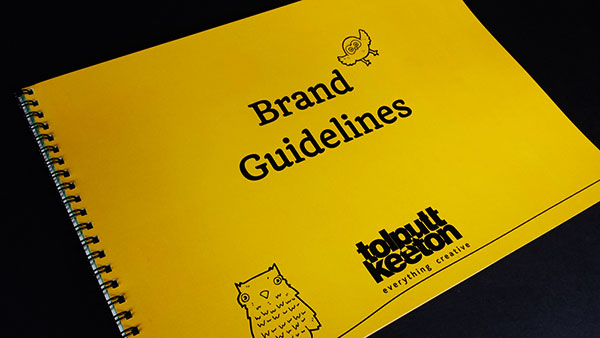One of the most important things you can do for your content is to optimize it for both search engines and users. Creating SEO optimization content, on the other hand, frequently necessitates time and effort. However, if done correctly, you can expect them to pay off in the end.
Top 11 Web Development Companies In The World With Review
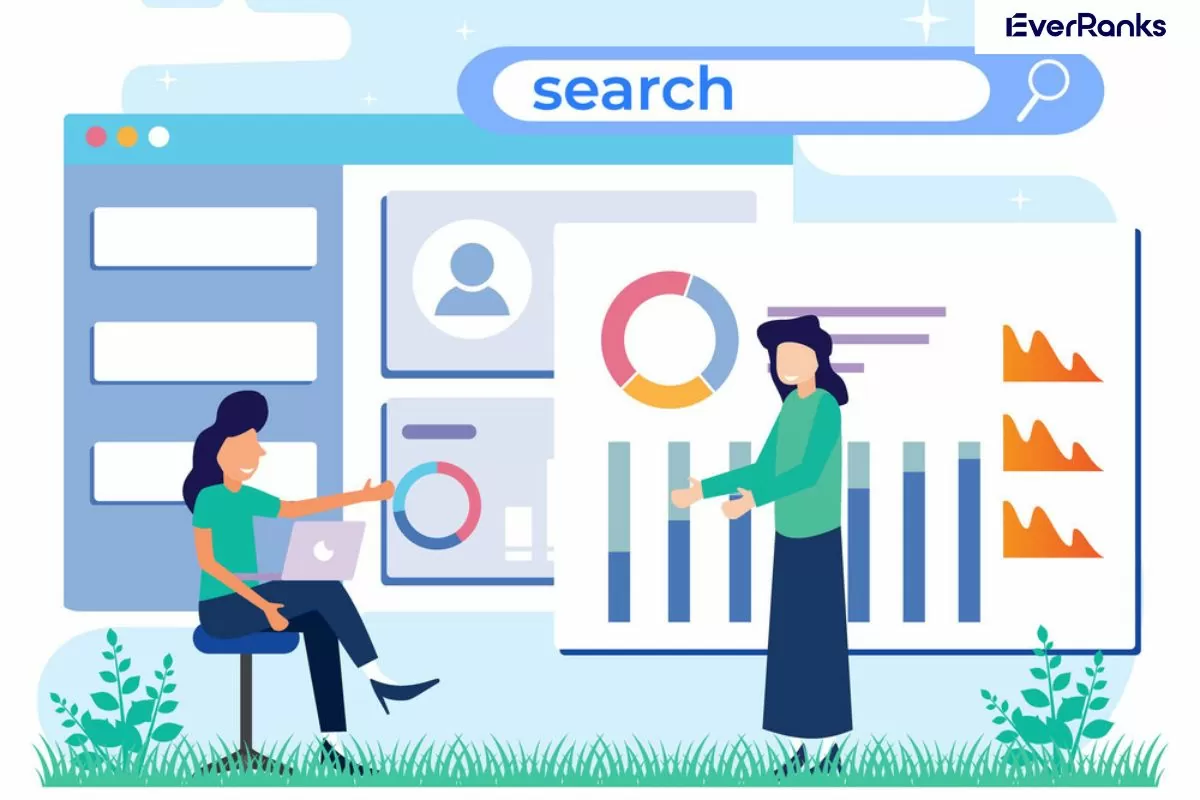
Check out the tips EverRanks has compiled in this article to help you improve the ranking of your content in search engines.
What does SEO stand for?
SEO is an abbreviation for search engine optimization. Let’s take a look at that in the context of your website.
- Search: What people do when they need an answer to a question or a product or service that meets their requirements.
- Search Engine: A website (such as Google or Bing) where the search can be conducted.
- Search Engine Optimization: What you do to get the search engine to link the search to your site.
What is SEO Optimization?

Search engine optimization (SEO) is the practice of directing your website to appear higher on a search engine results page (SERP), resulting in more traffic. Typically, the goal is to rank on the first page of Google results for important search terms to your target audience.
So, SEO optimization is as much about understanding your audience’s wants and needs as it is about the technical aspects of configuring your website.
12 Best Small Business Website Hosts of 2022
SEO Advantages and Importance
People are looking for things that are both loosely and directly related to your business. These are all opportunities to connect with these people, answer their questions, solve their problems, and establish yourself as a reliable resource.
- Increased website traffic: When your website is optimized for search engines, it receives more traffic, which translates to increased brand awareness.
- More customers: To be optimized, your site must target keywords, which means you will receive more relevant traffic.
- Better reputation: A higher Google ranking provides your company with instant credibility. People will trust you if Google does.
- Higher ROI: You invest Money in your website and marketing campaigns that link to your website pages. A high-performing website enhances the results of those campaigns, making your investment worthwhile.
Types of SEO

- On-page SEO: Improving the quality and structure of a page’s content. On-page SEO is primarily influenced by content quality, keywords, and HTML tags.
- Off-page SEO: Getting other websites and pages on your website to link to the page you’re attempting to optimize. Off-page MVPs include backlinks, internal linking, and reputation.
- Technical SEO: Improving your site’s overall search engine performance. The importance of site security, user experience, and structure cannot be overstated.
- Local SEO: Getting your company to rank as high as possible in Google Maps and the SERP’s local results. The most important factors are reviews, listings, and Google Business profile optimization.
- Image SEO: A combination of on-page and technical strategies for ranking images on your website pages in Google image search.
- Video SEO: A combination of on-page, technical, and off-page strategies for ranking your videos in YouTube or Google video results.
18 Effective Steps To Do SEO Audit
How does SEO optimization work?
- Google’s search crawlers constantly scan the web, collecting, categorizing, and storing billions of web pages in its index. When you search for something, Google returns results from its index, not the web itself.
- Google orders results using a complex formula (called an algorithm) based on various criteria, such as the quality of the content, its relevance to the search query, the website it belongs to, and more.
- How people interact with results then tells Google what needs each page is (or isn’t) meeting, which is factored into the algorithm.
In other words, SEO optimization functions as a complex feedback system, surfacing the most accurate, trustworthy, and relevant results for any search based on information you, Google, and searchers.
Google SEO ranking factors
These are the top Google ranking factors, according to FirstPageSage, and how they are weighted:
- Consistent publication of high-quality content (26%)
- Keywords in meta title (17%)
- Backlinks (15%)
- Niche expertise (13%)
- User engagement (11%)
- Internal links (5%)
- Mobile-friendly/mobile-first (5%)
- Page speed (2%)
- Site security/SSL certificate (2%)
- Schema markup/structured data (1%)
- Keywords in URL (1%)
- Keywords in H1 (1%)
How to do On-page SEO optimization
1. Begin with keyword research.

The first step in search engine optimization is to decide which keywords to target. These are the terms that your ideal website visitors are likely to enter into Google or other search engines, and each page on your site should target a different keyword cluster to avoid competing with each.
Top 15 Best Web Development Companies USA In 2022
2. Create high-quality content around those keywords.
Keywords will be targeted on your main navigation pages, such as the homepage, about us, contact, products, and services, but most of your keyword targeting will come from long-form content in the form of blog posts. Quality SEO content consists of the following:
In line with the intent of the keyword: Make sure your content contains the information people are looking for when they search for this keyword.
Provides a pleasant experience:
- It has no overly aggressive pop-ups, CTAs, or other distracting elements.
- It uses images to illustrate concepts.
- It loads quickly and correctly on all devices.
Natural reading: Write as if you were speaking to your audience, not as a content writer attempting to optimize for a search engine.
In-depth: Google does not want thin, duplicate, or low-value pages. This equates to 1,500-2,500 words of correct, up-to-date information.
Organized: Use heading tags to indicate the page’s information hierarchy.
3. Place your keywords
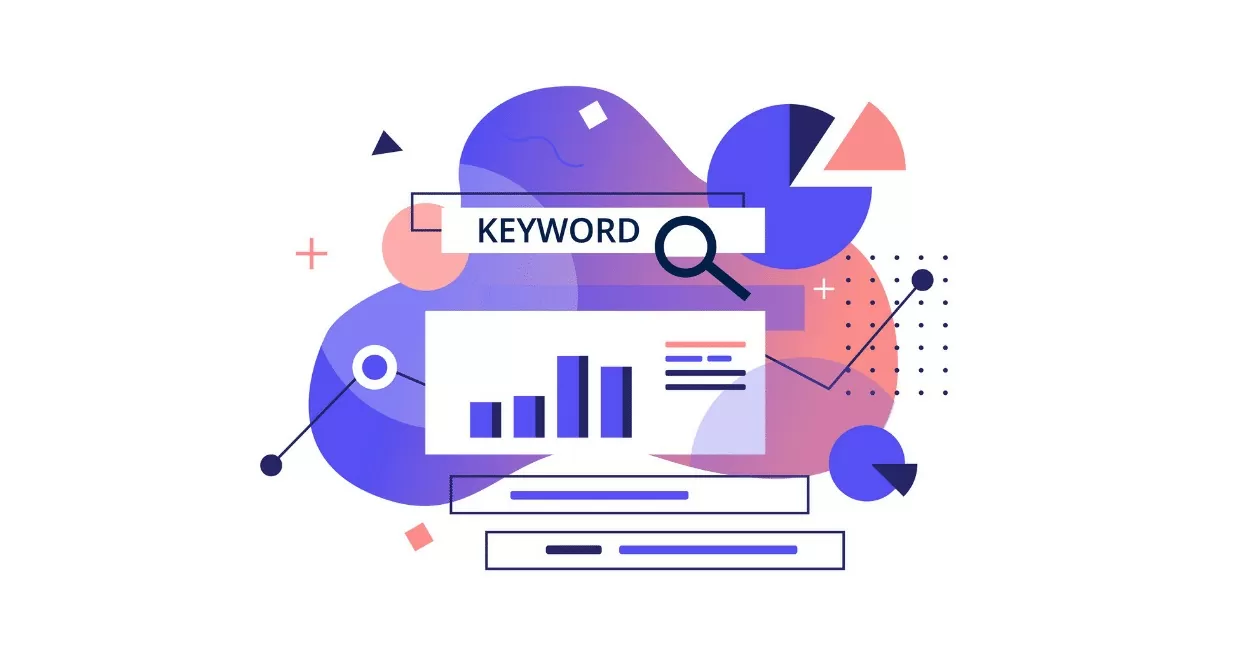
In addition to naturally placing your keyword in the body of your content, you’ll want to put it in specific places on the page to indicate to Google what you’re looking to rank for. SEO title (title tag), Page title (H1 tag), At least two H2 headings, Image alt text, Image file name, Naturally in the body, URL, and Meta description are all part of this.
Top 22 Best Web Design Agencies in 2022
4. Make your titles more appealing.
- Include the keyword: If you can do it naturally and persuasively, add some related modifiers around that term.
- Use only one H1 per page as your main headline and H2s to label your main sections.
- Keep title tags to a maximum of 55-60 characters: Because Google’s display size varies (it’s based on pixels, not character counts), start with the keyword.
- Value: What does the user get from the page? This affects whether they click on it in the SERP or on your site and whether they continue reading.
5. Improve your meta descriptions.

- Include the keyword and related keywords if you can do so naturally and persuasively.
- Keep it brief: The ideal length for a meta description is 155-165 characters.
- Make it appealing: Just appearing in search results is the first step. You must still entice searchers to click. Include a summary, a clear benefit, and a call to action.
What Qualifies A Search Engine Marketing Consultant?
6. Image inclusion and optimization
- File name: Use dashes instead of spaces to save the file name with the keyword.
- Add alt text: Alt text is an image’s text alternative; it’s how Google “sees” an image on a page and determines its relevance to the keyword. It also makes your site more accessible to screen readers; if images break, the alt text remains visible.
- Compress: Large images can cause your site to load slowly. Compress and properly size them to reduce file size.
7. External and internal hyperlinks
- External links: Locate 1-3 pages relevant to your topic on other sites with high domain authority and link to them in your post. This contributes to the development of trust with Google.
- Internal links: Use “high domain authority” as your anchor text to link to other blog posts on your site within the content of the position you’re writing. This provides Google with multiple paths to any given post, making your site easier to crawl overall.
How to do Off-page SEO optimization
8. Earn and reach out for backlinks

Backlinks, or links from other websites to your site, are the third most important Google ranking factor. Backlinks from more credible sites are more valuable than those from less credible sites—the higher your rank, the more high-quality backlinks you have.
Top 12 Best Website Builder For Small Businesses in 2022

You should share your blog posts with your feed regularly and link to your homepage in social media profiles. This drives referral traffic, and the more people who see a post, the more likely it is to generate backlinks.
Although social media is not a direct Google ranking factor, your activity and users’ engagement with your content on the platforms send social signals to Google that influence your ranking.
10. Build your brand reputation
Google does not just look at one page when determining how to rank a specific page on your site. It considers your brand as a whole by looking at other information about it on the web, such as reviews, ratings, listings, awards, and even unlinked brand mentions. As a result, building your brand reputation through listing optimization, positive press, and review solicitation is critical for SEO optimization.
How to do Technical SEO optimizations

- Page speed: Besides image sizes, the code behind your website’s content and the order in which it loads can affect page speed. Lazy loading and page speed optimization come into play here.
- Security: Check that your website is using HTTPS rather than HTTP.
- Mobile-first: Being mobile-friendly is no longer enough. Because Google’s indexing is now mobile-first, your site must be fully responsive.
- Core Web Vitals: These three metrics assess a user’s interaction with your page.
- URL structure: Using /blog, /landing pages, and /product buckets, for example, makes it easier for Google to crawl your site, for users to navigate it, and for you to segment data in reports.
- Site architecture: A user should ideally be able to access any page on your site in three clicks or less. Internal linking is essential in this case.
- Crawlability/indexability: When combined, your sitemap and robots.txt file tell Google what you want and don’t want Google to crawl and index.
- Schema markup: Schema markup assists Google (and other search engines) in understanding your content types and displaying rich results when applicable.
How Much Is The Average Cost Of Website Design For Small Businesses?
SEO tools
The following are the best SEO tools for an effective SEO strategy:
- Google Analytics: The gold standard for website traffic analytics, and it’s completely free.
- Google Search Console (GSC): GSC is required for content-focused and technical SEO. It can be used for Core Web Vitals, granular query analyses, indexing, and other tasks.
- Keyword research tools: As previously stated, you’ll need these to find realistic keywords in search volume and competition for you to target.
- SEO software: If you want to dig deeper into SEO metrics like backlinks, competitive information, and advanced keyword data, you’ll need a paid SEO tool like Ahrefs, Moz Pro, Screaming Frog, SEMrush, and so on.
- Website graders: Whereas the aforementioned tools are frequently complex and require you to understand how to interpret the data; website graders can simplify SEO for you and provide additional guidance.
SEO best practises and strategies
Here are some pointers to help you maximize your time.
- Always search the keyword: Because keyword intent is essential, always search the keywords you’re trying to target to ensure you have an intent match.
- Keep in mind that SEO takes time. It may take a few months before you begin to see the fruits of your labor, but the benefits compound over time once you do.
- Focus on quality: Google is constantly updating its algorithm and releasing new SERP features, but it’s all designed to surface the best content available. As a result, your focus should always be on consistently producing valuable, trustworthy content.
- Keep your content: Refresh your evergreen pages regularly to maintain their SEO value and achieve consistent traffic growth over time.
- Keep track of and measure: Report on your traffic and site data regularly so you can see what topics are most popular with your audience, detect problems, and set traffic growth goals.
EverRanks has compiled the necessary information about SEO optimization above. Hopefully, you will be able to use them to implement methods that are truly suitable for bringing good results to your websit.e

